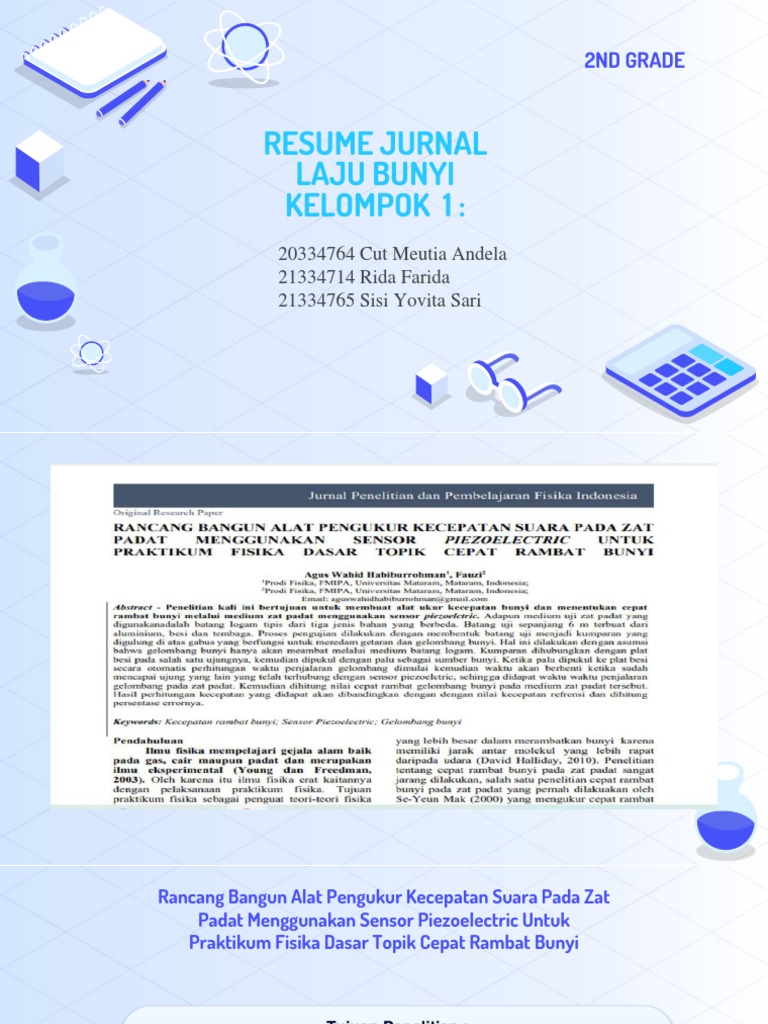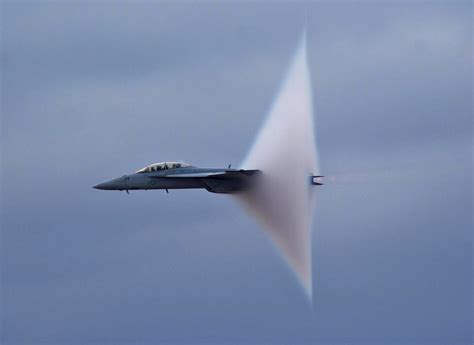What Does Mach Mean in Aviation Speed

Understanding Mach Number in Aviation

In the world of aviation, speed is a critical factor that determines the performance and efficiency of an aircraft. While most people are familiar with measuring speed in miles per hour (mph) or kilometers per hour (km/h), the aviation industry uses a different unit of measurement, known as Mach number. In this article, we will delve into the concept of Mach number, its significance in aviation, and how it is used to measure speed.
What is Mach Number?

Mach number is a dimensionless quantity that represents the ratio of an aircraft’s speed to the speed of sound in the surrounding air. It is named after Austrian physicist Ernst Mach, who first proposed the concept in the late 19th century. The Mach number is defined as:
Mach number (M) = Speed of aircraft / Speed of sound
The speed of sound, also known as the sonic speed, varies depending on the temperature and air pressure. At sea level, the speed of sound is approximately 761 mph (1,225 km/h) in dry air at 59°F (15°C).
Why is Mach Number Important in Aviation?

Mach number is crucial in aviation because it determines the characteristics of airflow around an aircraft. As an aircraft approaches the speed of sound (Mach 1), the airflow becomes increasingly complex, and the aircraft’s behavior changes significantly. Here are some reasons why Mach number is important:
- Supersonic flight: When an aircraft breaks the sound barrier (Mach 1), it enters the supersonic regime, where the airflow becomes compressible, and shock waves form. Supersonic flight requires specialized design and materials to withstand the stresses and heat generated by friction.
- Aerodynamic performance: Mach number affects the lift and drag characteristics of an aircraft. As the Mach number increases, the lift curve slope changes, and the drag increases. This impacts the aircraft’s climb rate, range, and maneuverability.
- Engine performance: Mach number influences the efficiency and performance of jet engines. As the Mach number increases, the engine’s thrust output changes, affecting the aircraft’s overall performance.
Mach Number Ranges in Aviation

Aircraft operate in various Mach number ranges, each with distinct characteristics:
- Subsonic (M < 0.8): Most commercial airliners cruise at subsonic speeds, typically between Mach 0.7 and Mach 0.85.
- Transonic (0.8 < M < 1.2): This regime is characterized by complex airflow and shock waves. Military aircraft and some business jets operate in this range.
- Supersonic (M > 1.2): Aircraft designed for supersonic flight, such as military jets and experimental aircraft, operate in this range.
- Hypersonic (M > 5): This regime is characterized by extremely high temperatures and complex airflow. Only a few experimental vehicles have reached hypersonic speeds.
🚀 Note: The boundaries between these regimes are not strictly defined and can vary depending on the specific aircraft and conditions.
How is Mach Number Used in Aviation?

Pilots and air traffic controllers use Mach number to:
- Plan flight routes: Mach number affects fuel efficiency and flight time. Pilots plan their routes to optimize speed and fuel consumption.
- Set altitude and speed: Mach number determines the optimal altitude and speed for an aircraft. Pilots adjust these parameters to achieve the desired performance.
- Monitor performance: Mach number is used to monitor an aircraft’s performance, including its climb rate, range, and maneuverability.
| Mach Number | Speed (mph) | Speed (km/h) |
|---|---|---|
| Mach 0.5 | 380 | 612 |
| Mach 1.0 | 761 | 1,225 |
| Mach 2.0 | 1,522 | 2,450 |

As we conclude, Mach number is a fundamental concept in aviation that plays a critical role in determining an aircraft’s performance and efficiency. By understanding Mach number, pilots, air traffic controllers, and aircraft designers can optimize flight planning, aircraft design, and operational procedures.
What is the speed of sound at sea level?

+
The speed of sound at sea level is approximately 761 mph (1,225 km/h) in dry air at 59°F (15°C).
What is the difference between subsonic and supersonic flight?

+
Subsonic flight occurs below the speed of sound (Mach 1), while supersonic flight occurs above the speed of sound.
How is Mach number used in aviation?

+
Mach number is used to plan flight routes, set altitude and speed, and monitor an aircraft’s performance.
Related Terms:
- Laju bunyi
- Mach meaning slang
- Mach meaning in German
- Mach pronunciation
- Mach definition